The repulsion and allure of Takesada Matsutani’s 3D paintings
Since the 1960s, the trailblazing Japanese artist has been developing his distinctive language of bulbous, surreal and sensuous forms. A show at Hauser & Wirth Hong Kong highlights the artist’s remarkable career and enduring appeal
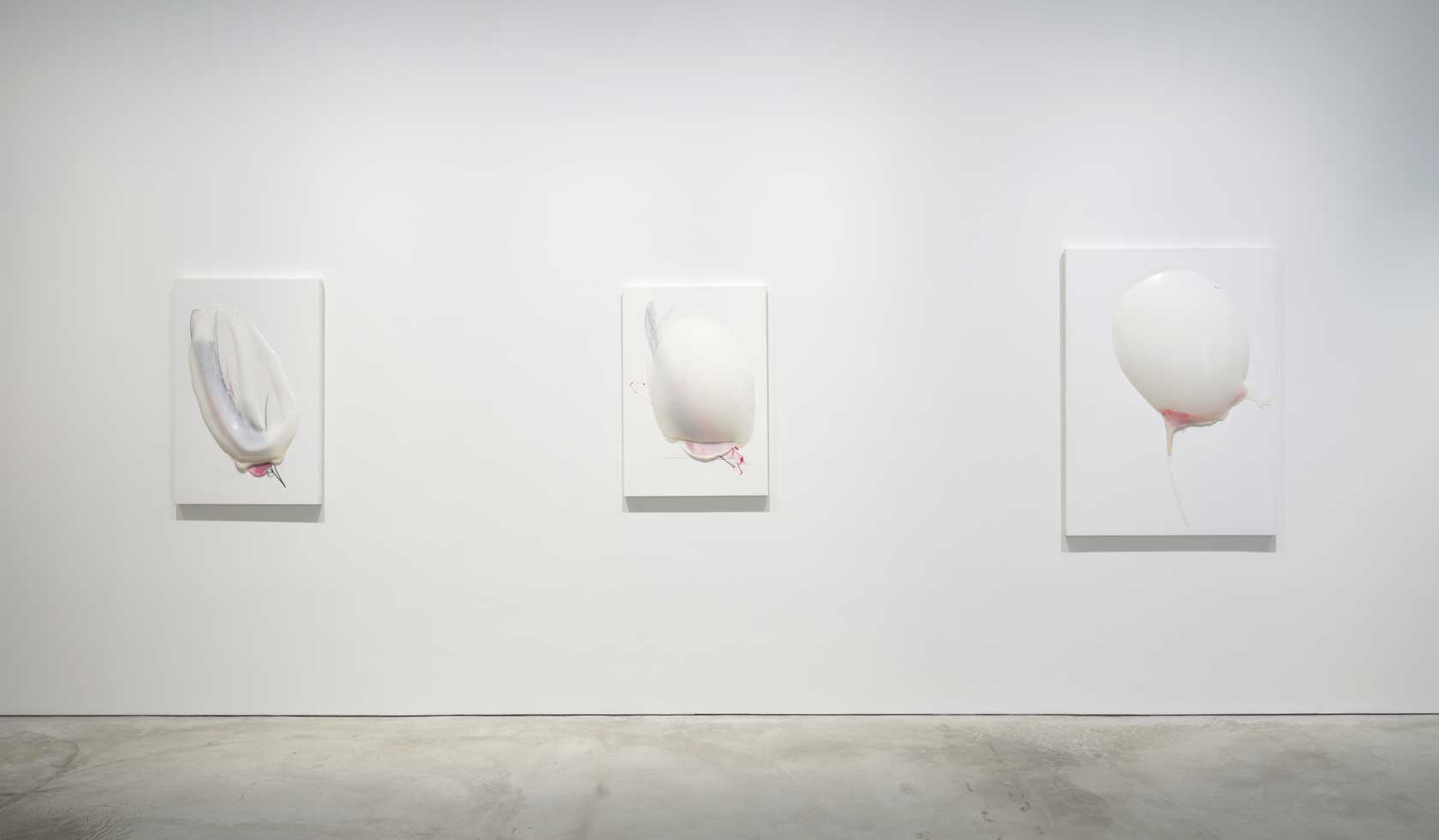
Takesada Matsutani’s globular, blob-like compositions stem from an unlikely source: blood, which he viewed under a microscope in the 1960s with a friend at medical school. The Osaka-born, Paris-based artist sought to recreate what he saw, armed with industrial glue polyvinyl acetate and a heady dose of imagination.
From the early 1960s until the 1970s Matsutani was a key member of the Gutai Art Association, the first radical, post-war artistic collective in Japan. The group spurned the traditional art approaches of the time in favour of performative immediacy, interactive environments and a new wave of experimental art. As the group’s manifesto stated, ‘Gutai art does not change the material but brings it to life.’
Matsutani went on to develop his own mode of lifelike material by pouring vinyl adhesive glue, inflating it with his own breath and slicing it and watching it cave in on itself as he dried it with a fan. The resulting forms were peculiar, disconcertingly bodily and went on to form the basis of his distinctive visual language.
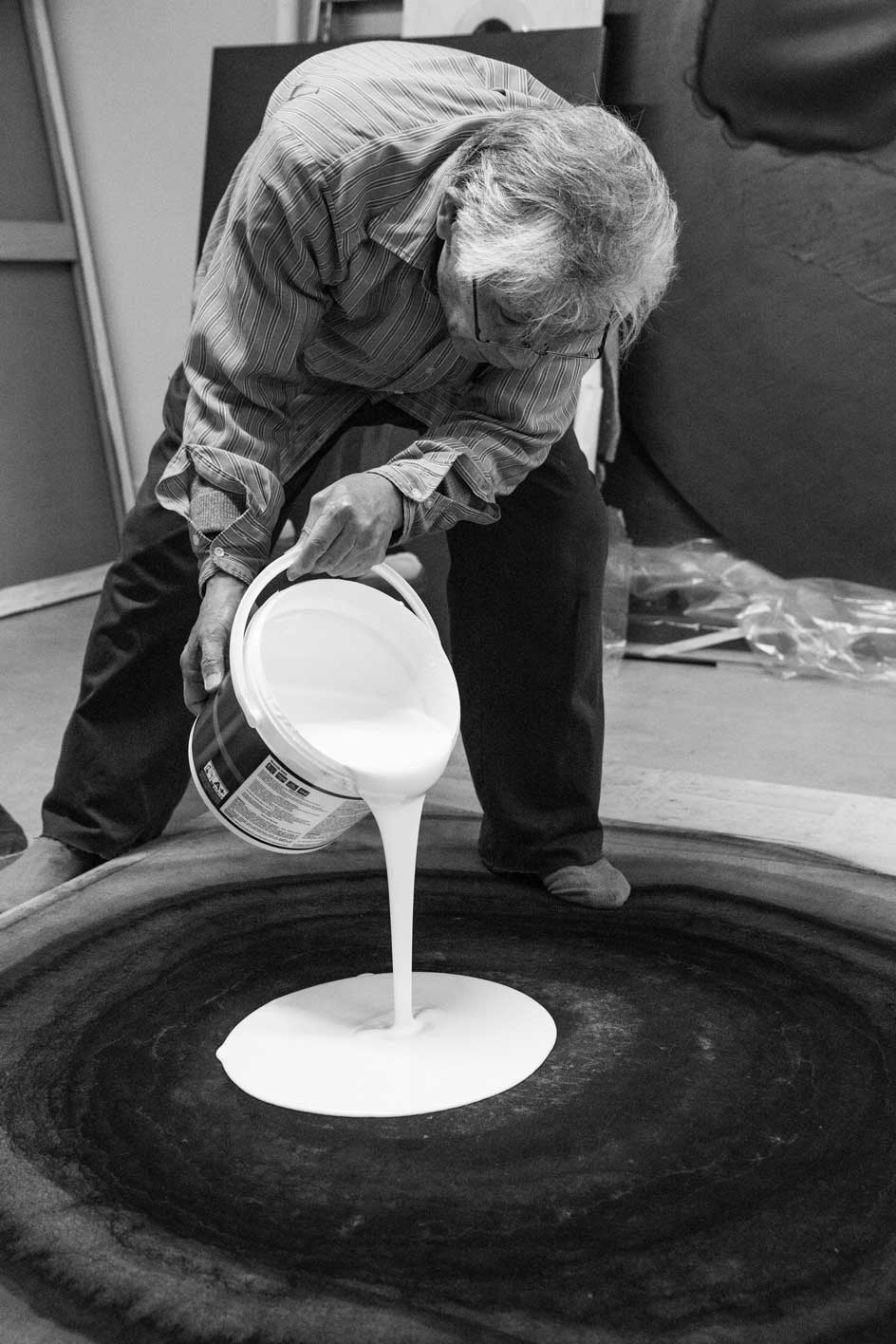
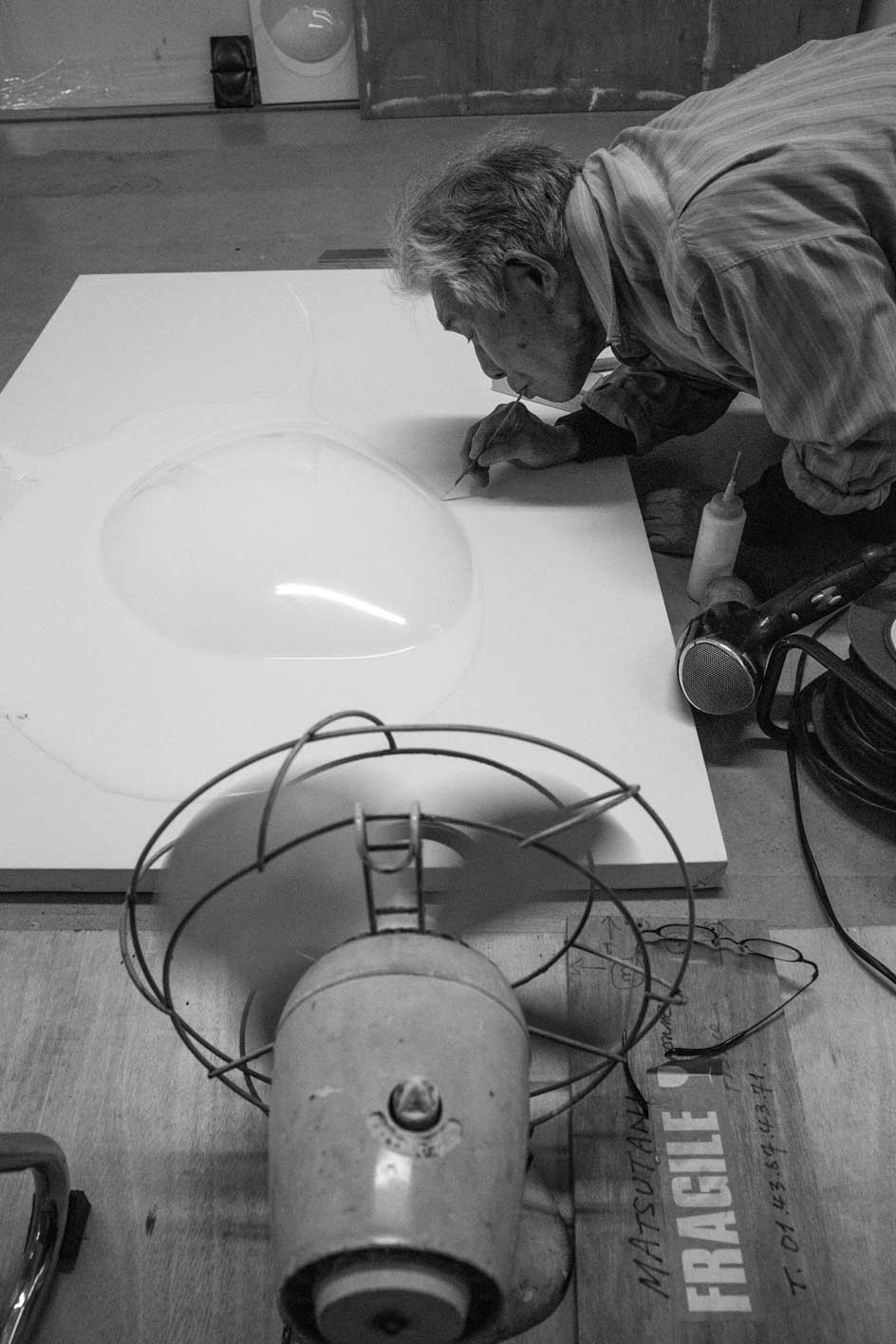
Above and below: Takesada Matsutani in the studio, 2019. Courtesy the artist and Hauser & Wirth. © Takesada Matsutani
The artist’s six-decade career is spotlighted in an exhibition at Hauser & Wirth, the artist’s first solo show in Hong Kong. Organised with art dealer Olivier Renaud-Clément, the show spans the breadth of the artist’s practice, from works on paper created during a period of frugality in 1970s Paris to recent paintings conceived during quarantine and a seminal site-specific installation from the artist’s archive.
Some works resemble deflated balloons, such as Puffed up-1 and Puffed up-2 (both 2020); others are reminiscent of ruptured egg yolks, as seen in Circle-Yellow A.M. (2019).
In recent years, Matsutani’s practice has evolved with more emphasis on the meditative and methodical, though he remains in tune with the values of his past: simplicity, pure gesture and raw material.
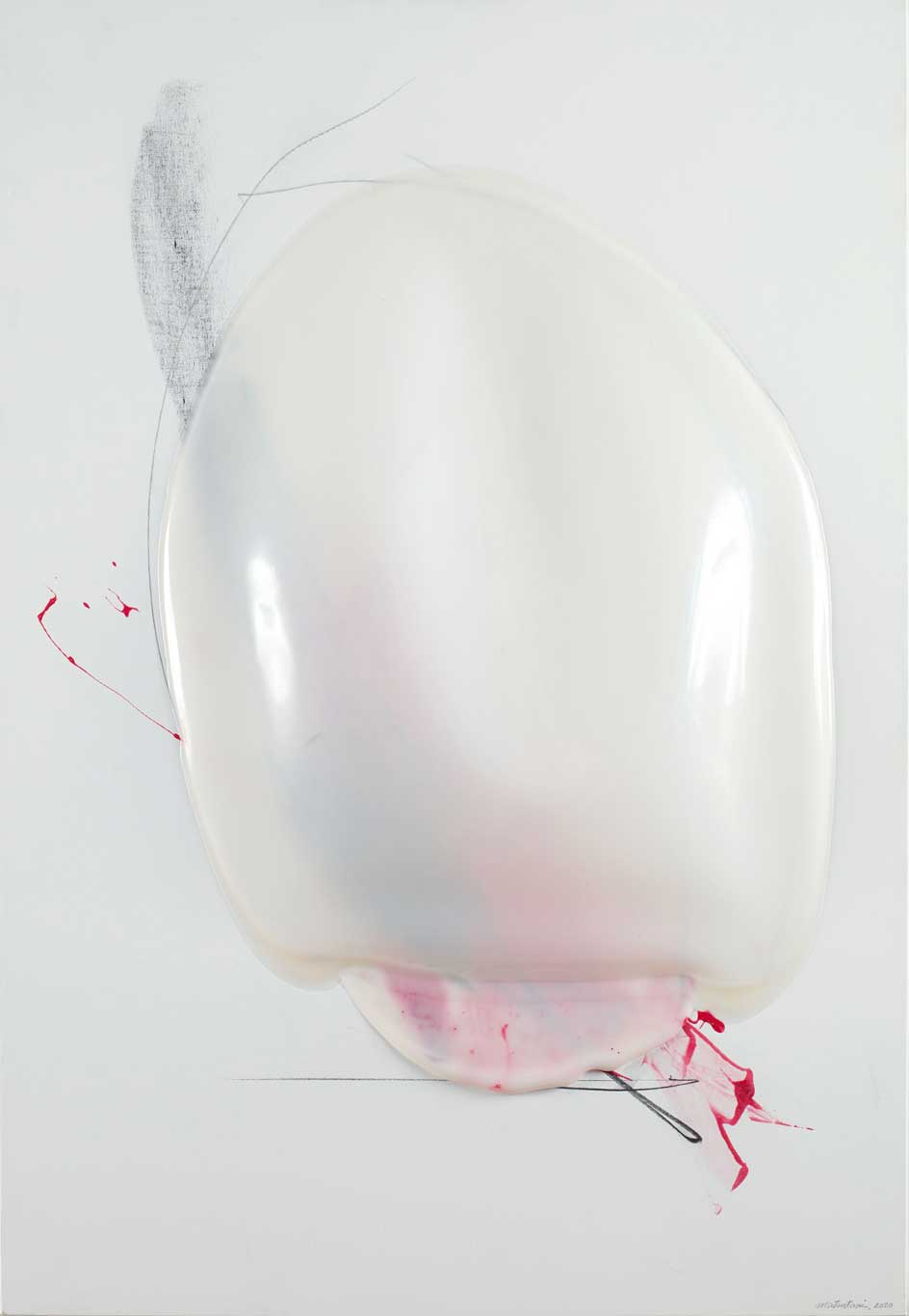
Takesada Matsutani, Puffed up-2, 2020. © Takesada Matsutani. Courtesy the artist and Hauser & Wirth
The artist manages repulsion, allure and elegance in a single form. In his multifaceted, fluid approach, he seeks to stop time, materialise a suspended moment and harness philosophy’s call for a ‘return to the simplicity of everyday experience’. In Matsutani’s work, mind, body, matter and spirit converge.

Takesada Matsutani, Coral, 2020. © Takesada Matsutani. Courtesy the artist and Hauser & Wirth
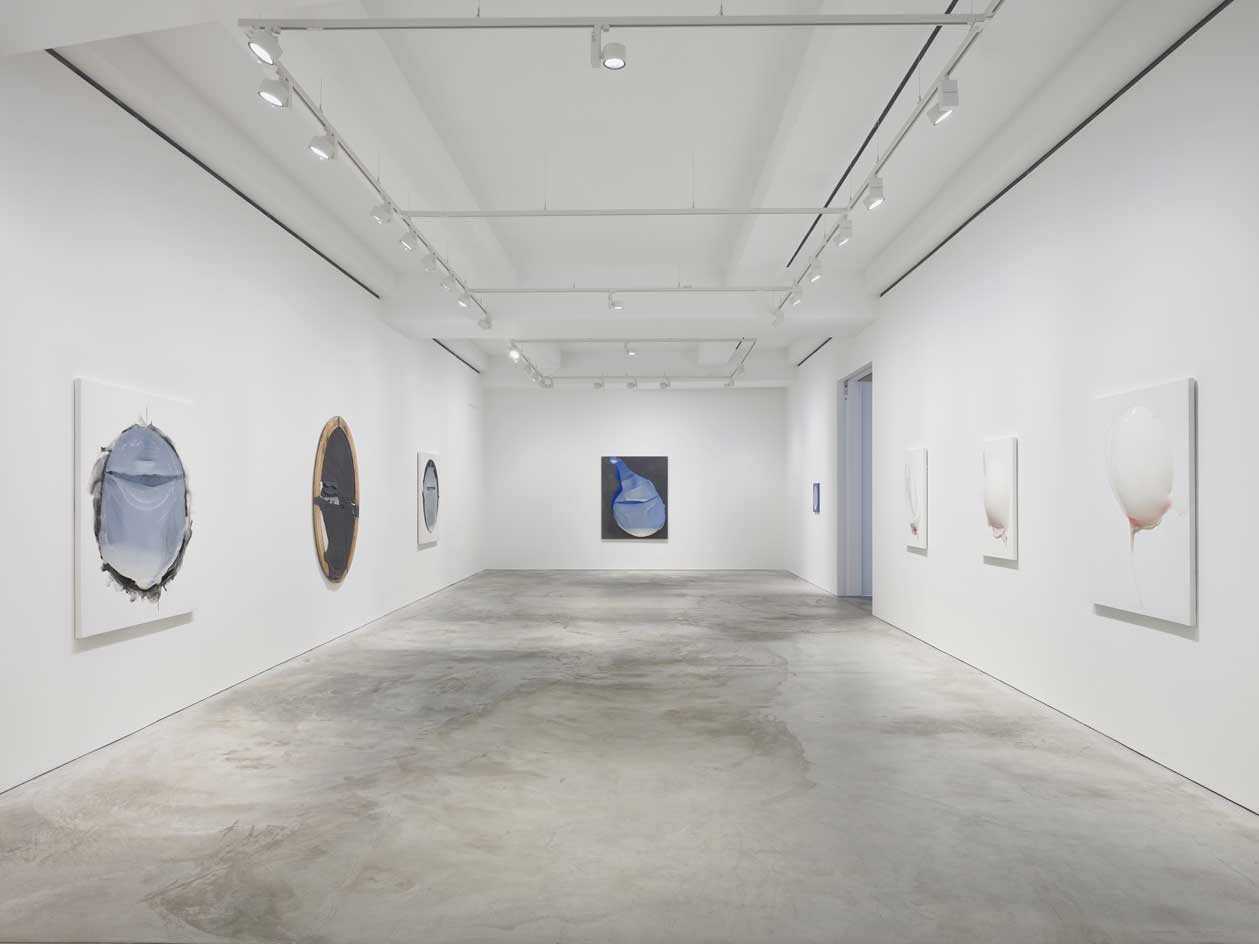
Installation View, ‘Takesada Matsutani,’ Hauser & Wirth Hong Kong 2020. © Takesada Matsutani. Courtesy the artist and Hauser & Wirth.
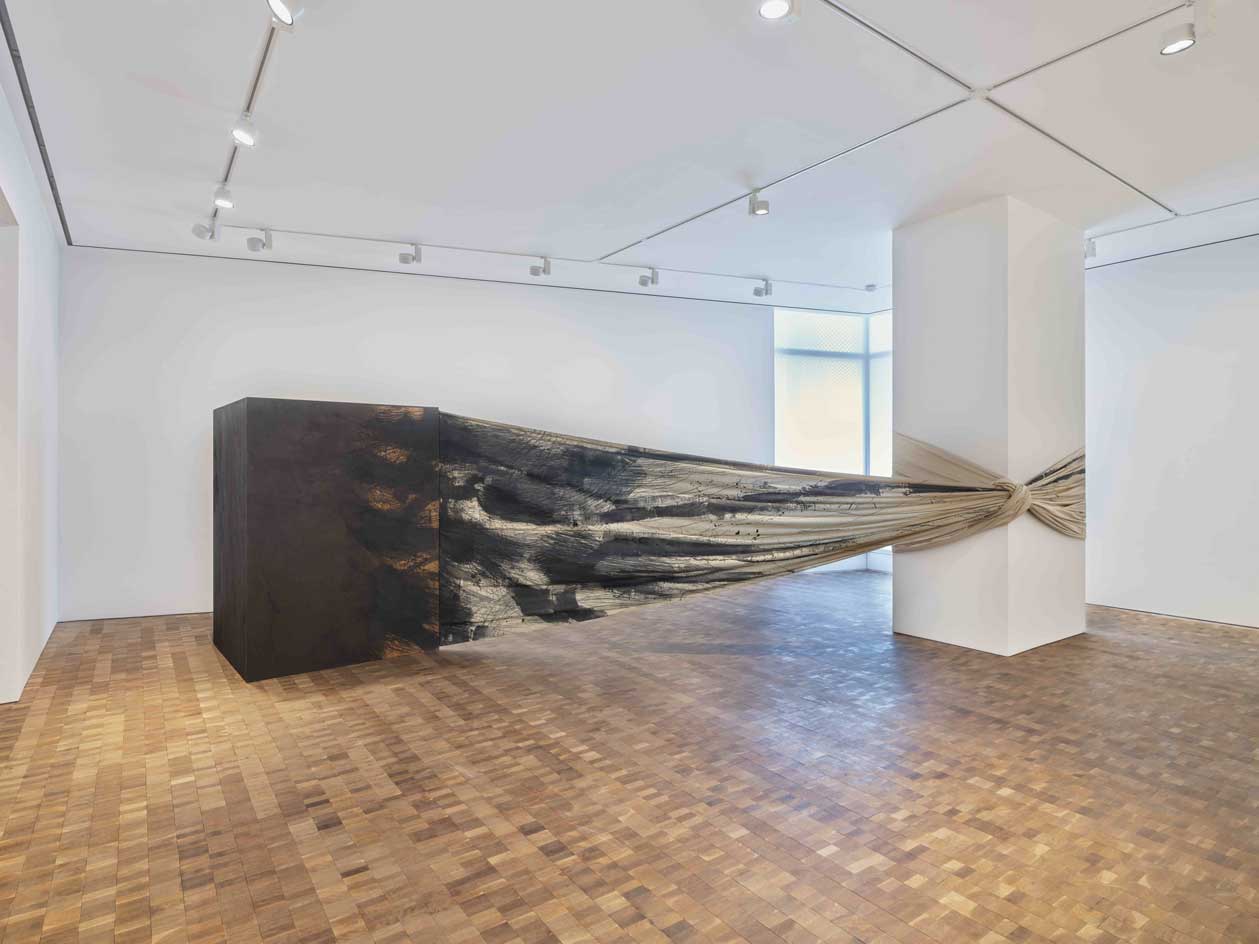
Installation View, ‘Takesada Matsutani,’ Hauser & Wirth Hong Kong 2020. © Takesada Matsutani. Courtesy the artist and Hauser & Wirth.
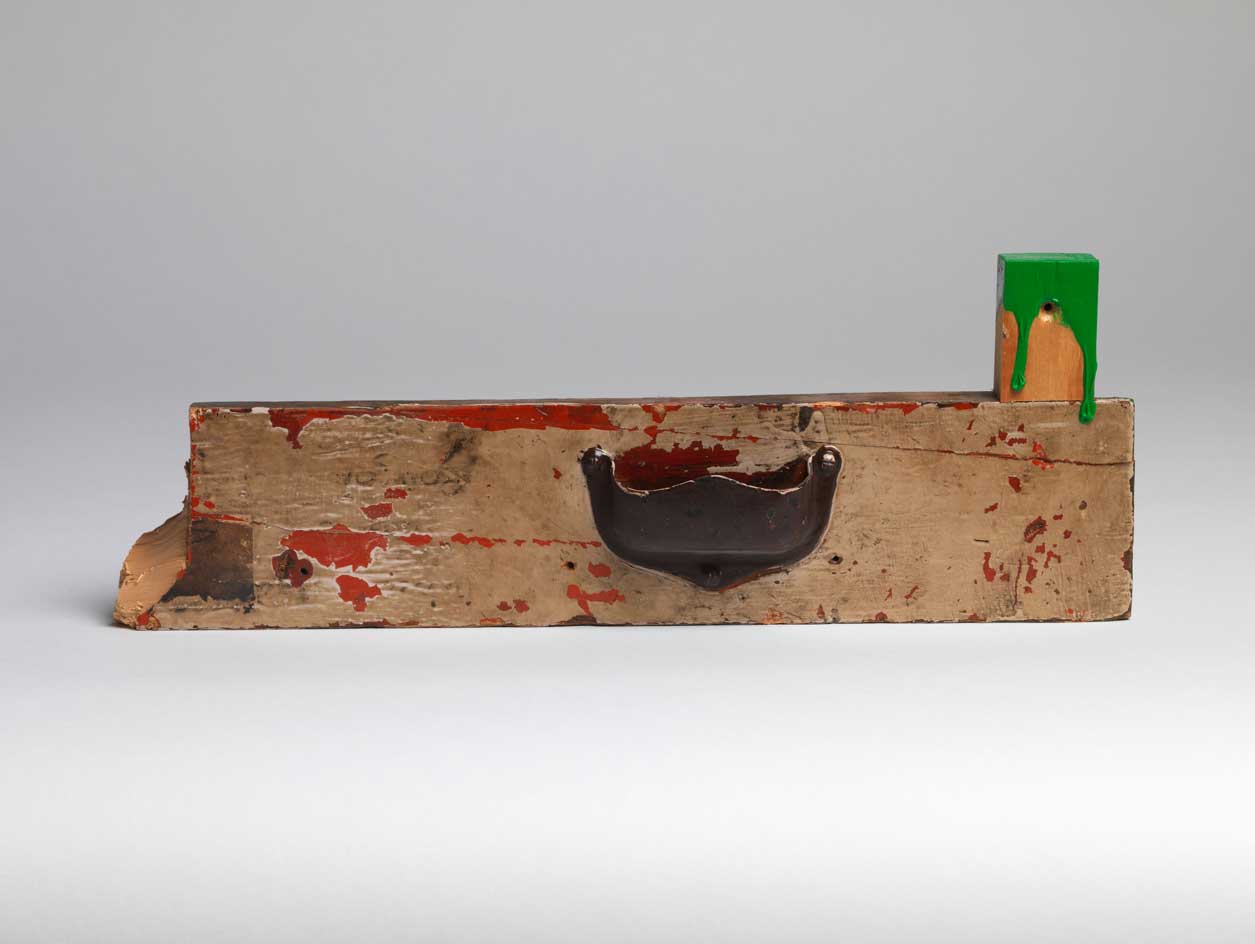
Takesada Matsutani, Untitled, 2017. © Takesada Matsutani. Courtesy the artist and Hauser & Wirth
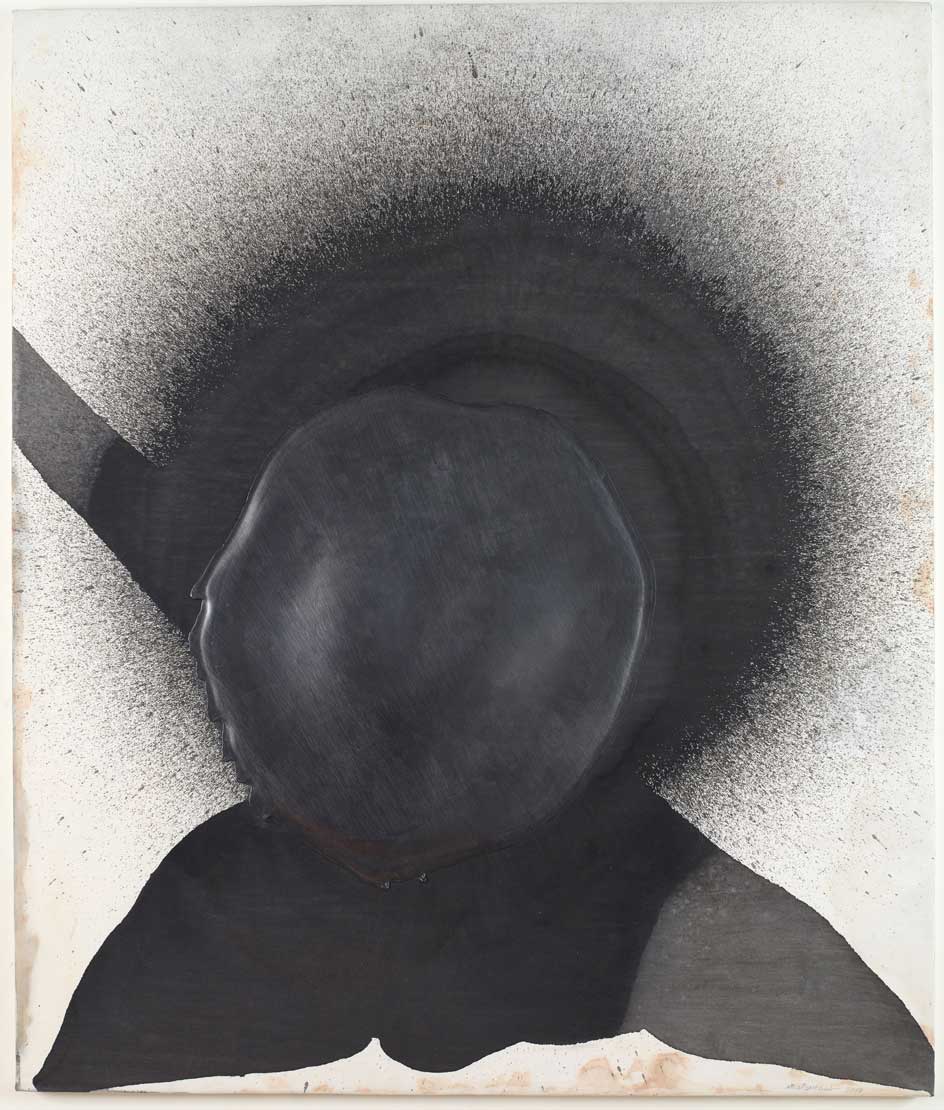
Takesada Matsutani, A Self-portrait, 2018. © Takesada Matsutani. Courtesy the artist and Hauser & Wirth
INFORMATION
Takesada Matsutani’s solo show at Hauser & Wirth Hong Kong will run until 11 February 2021. hauserwirth.com
ADDRESS
Receive our daily digest of inspiration, escapism and design stories from around the world direct to your inbox.
16-15/F, 80 Queen's Road Central
Hong Kong
Harriet Lloyd-Smith was the Arts Editor of Wallpaper*, responsible for the art pages across digital and print, including profiles, exhibition reviews, and contemporary art collaborations. She started at Wallpaper* in 2017 and has written for leading contemporary art publications, auction houses and arts charities, and lectured on review writing and art journalism. When she’s not writing about art, she’s making her own.
-
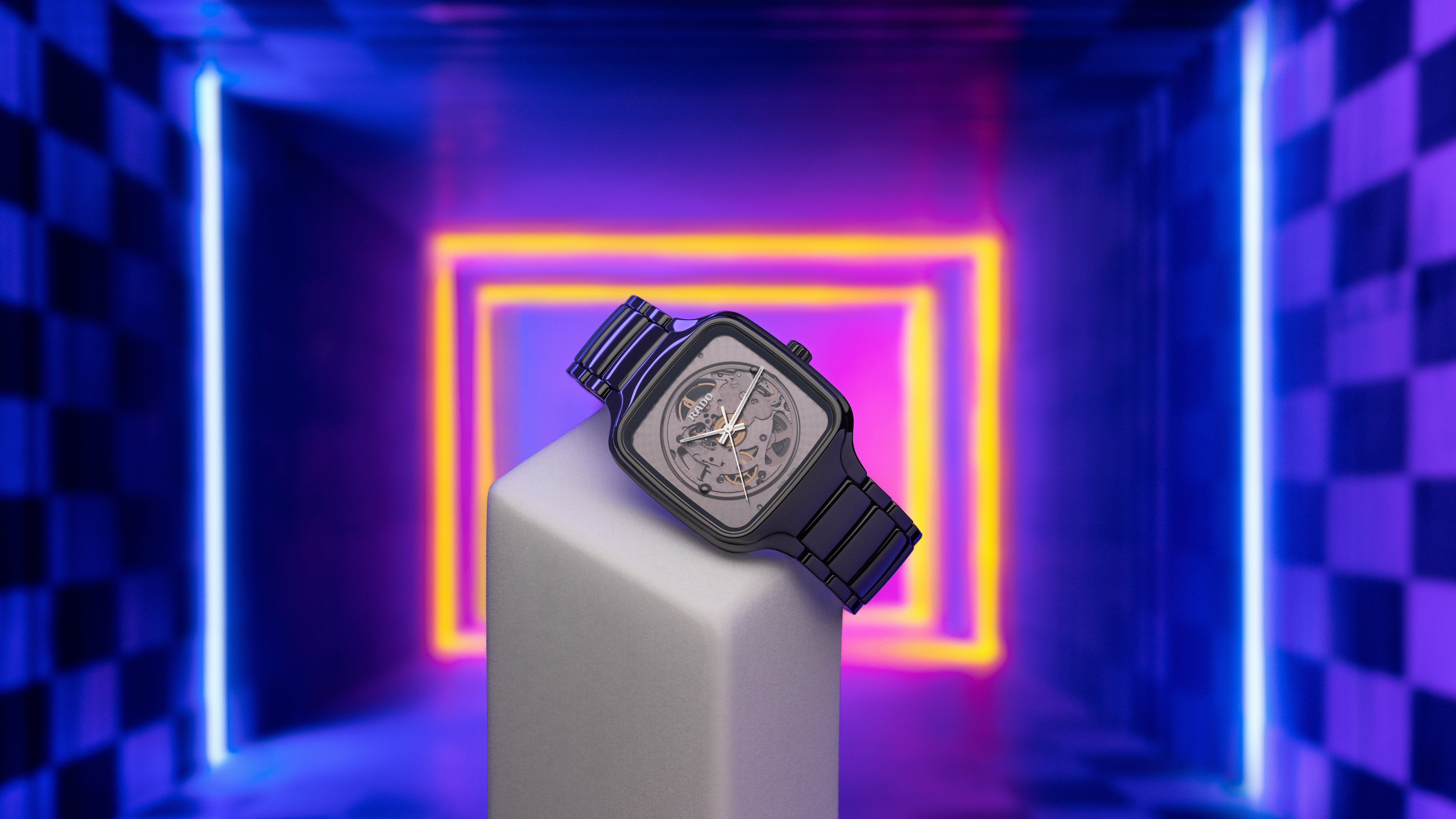 Why are the most memorable watch designers increasingly from outside the industry?
Why are the most memorable watch designers increasingly from outside the industry?Many of the most striking and influential watches of the 21st century have been designed by those outside of the industry’s mainstream. Is it only through the hiring of external designers that watch aesthetics really move on?
-
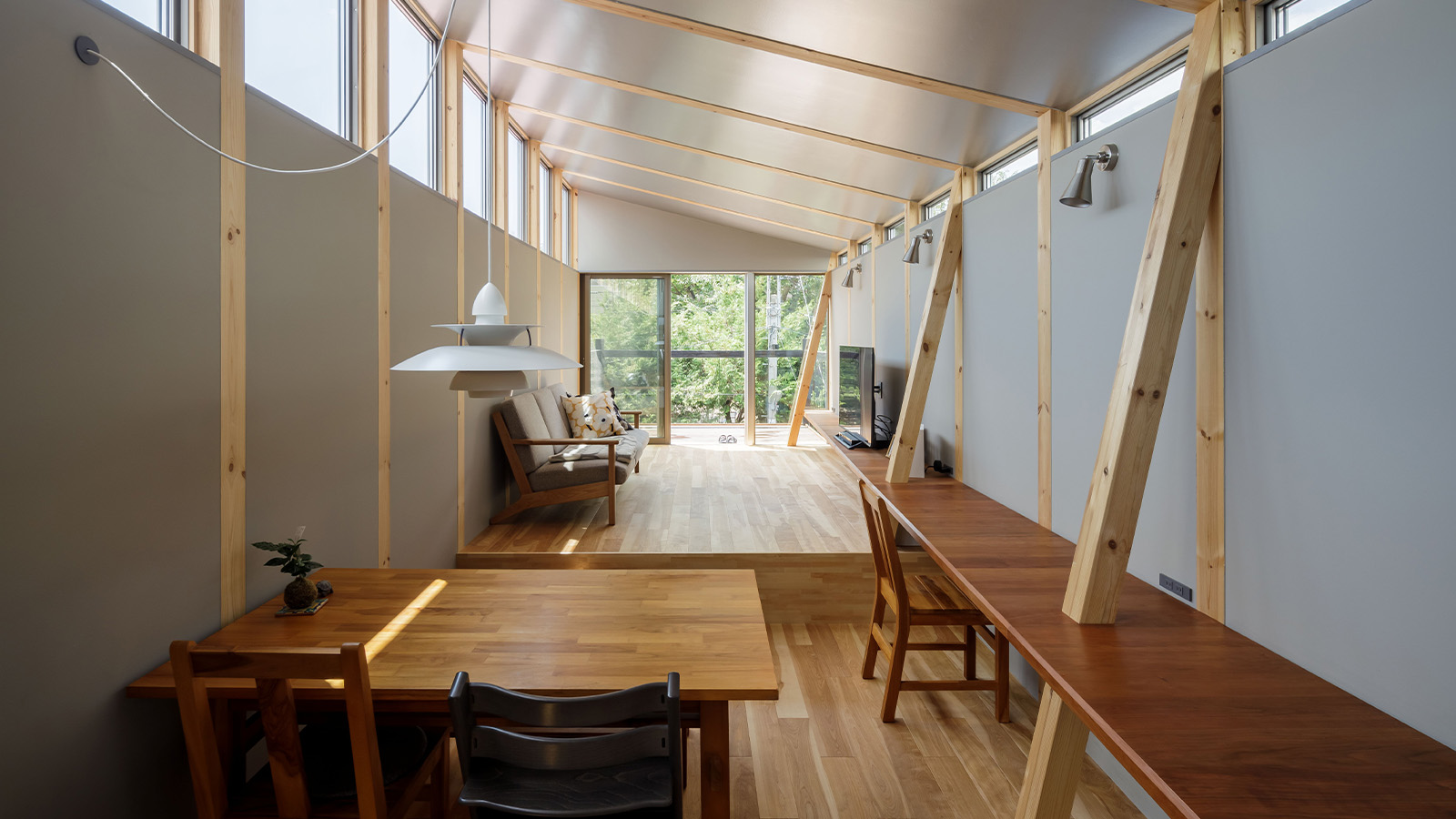 This Fukasawa house is a contemporary take on the traditional wooden architecture of Japan
This Fukasawa house is a contemporary take on the traditional wooden architecture of JapanDesigned by MIDW, a house nestled in the south-west Tokyo district features contrasting spaces united by the calming rhythm of structural timber beams
-
 At last: a London hotel that’s great for groups and extended stays
At last: a London hotel that’s great for groups and extended staysThe July London Victoria, a new aparthotel concept just steps away from one of the city's busiest rail stations, is perfect for weekends and long-term visits alike
-
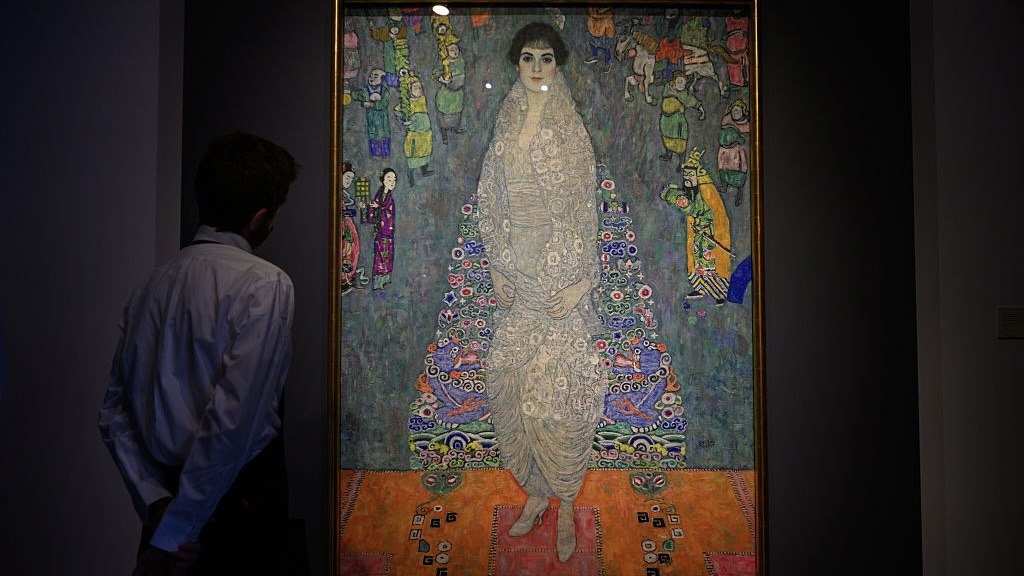 This Gustav Klimt painting just became the second most expensive artwork ever sold – it has an incredible backstory
This Gustav Klimt painting just became the second most expensive artwork ever sold – it has an incredible backstorySold by Sotheby’s for a staggering $236.4 million, ‘Portrait of Elisabeth Lederer’ survived Nazi looting and became the key to its subject’s survival
-
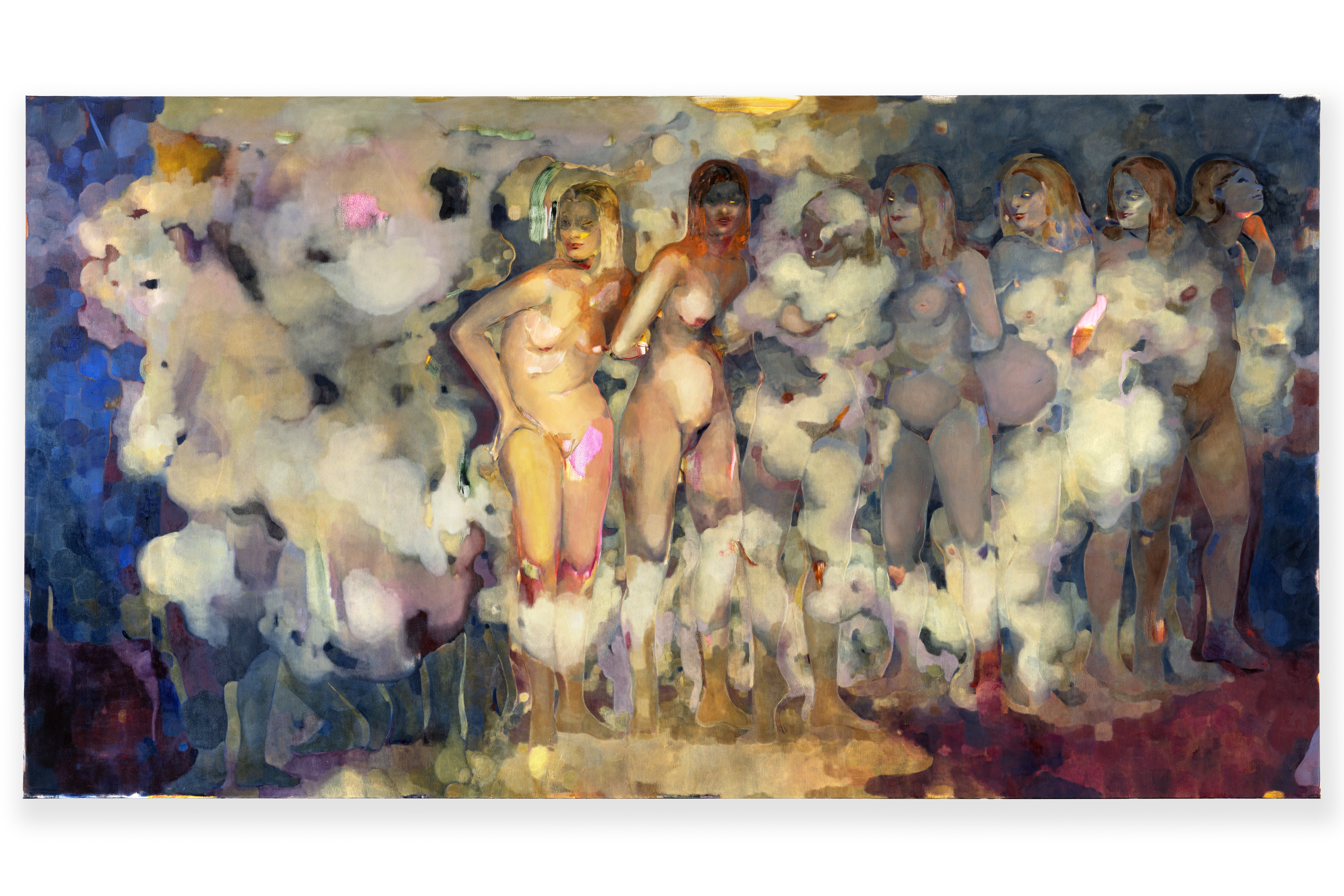 Meet Eva Helene Pade, the emerging artist redefining figurative painting
Meet Eva Helene Pade, the emerging artist redefining figurative paintingPade’s dreamlike figures in a crowd are currently on show at Thaddaeus Ropac London; she tells us about her need ‘to capture movements especially’
-
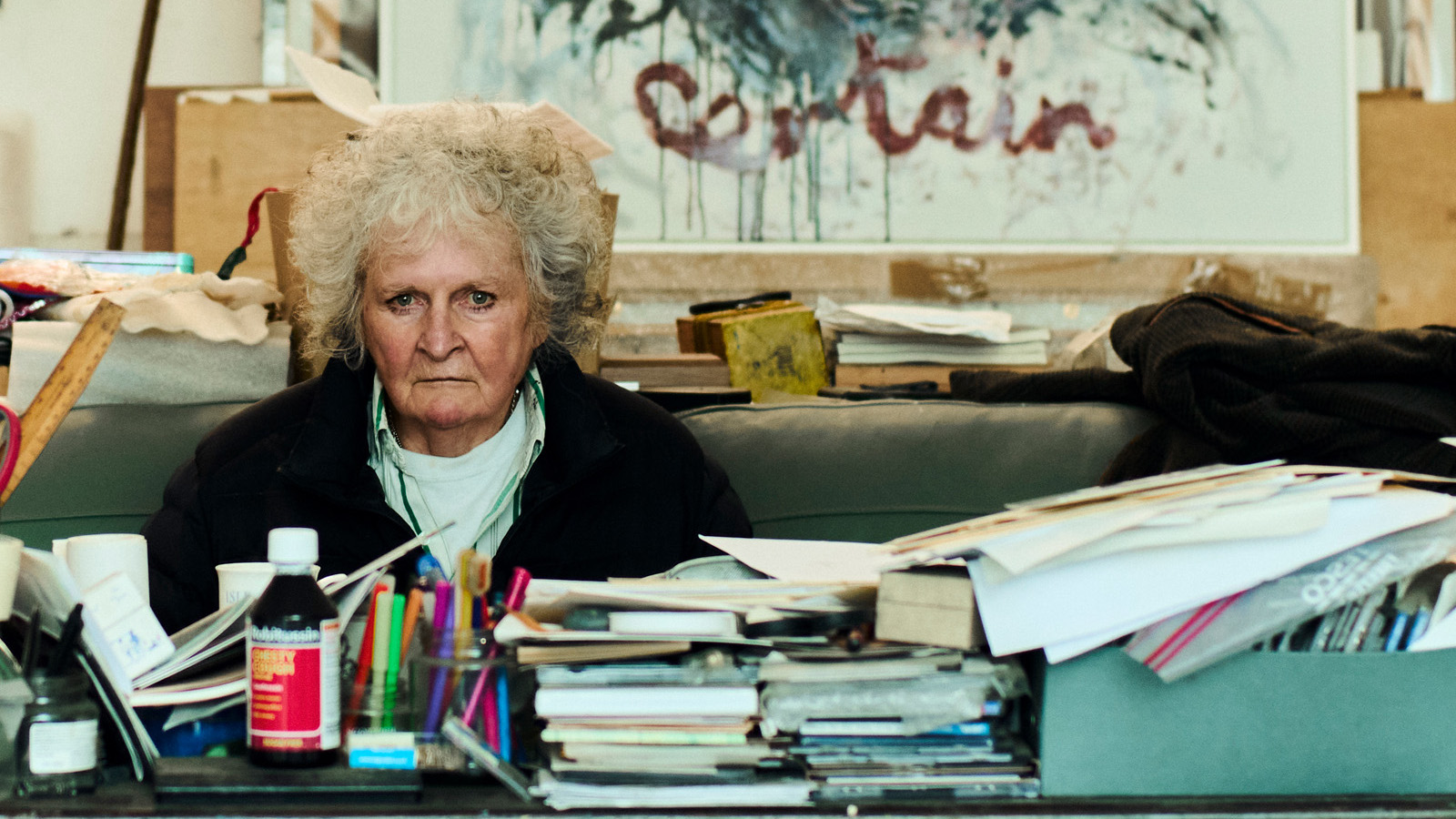 Maggi Hambling at 80: what next?
Maggi Hambling at 80: what next?To mark a significant year, artist Maggi Hambling is unveiling both a joint London exhibition with friend Sarah Lucas and a new Rizzoli monograph. We visit her in the studio
-
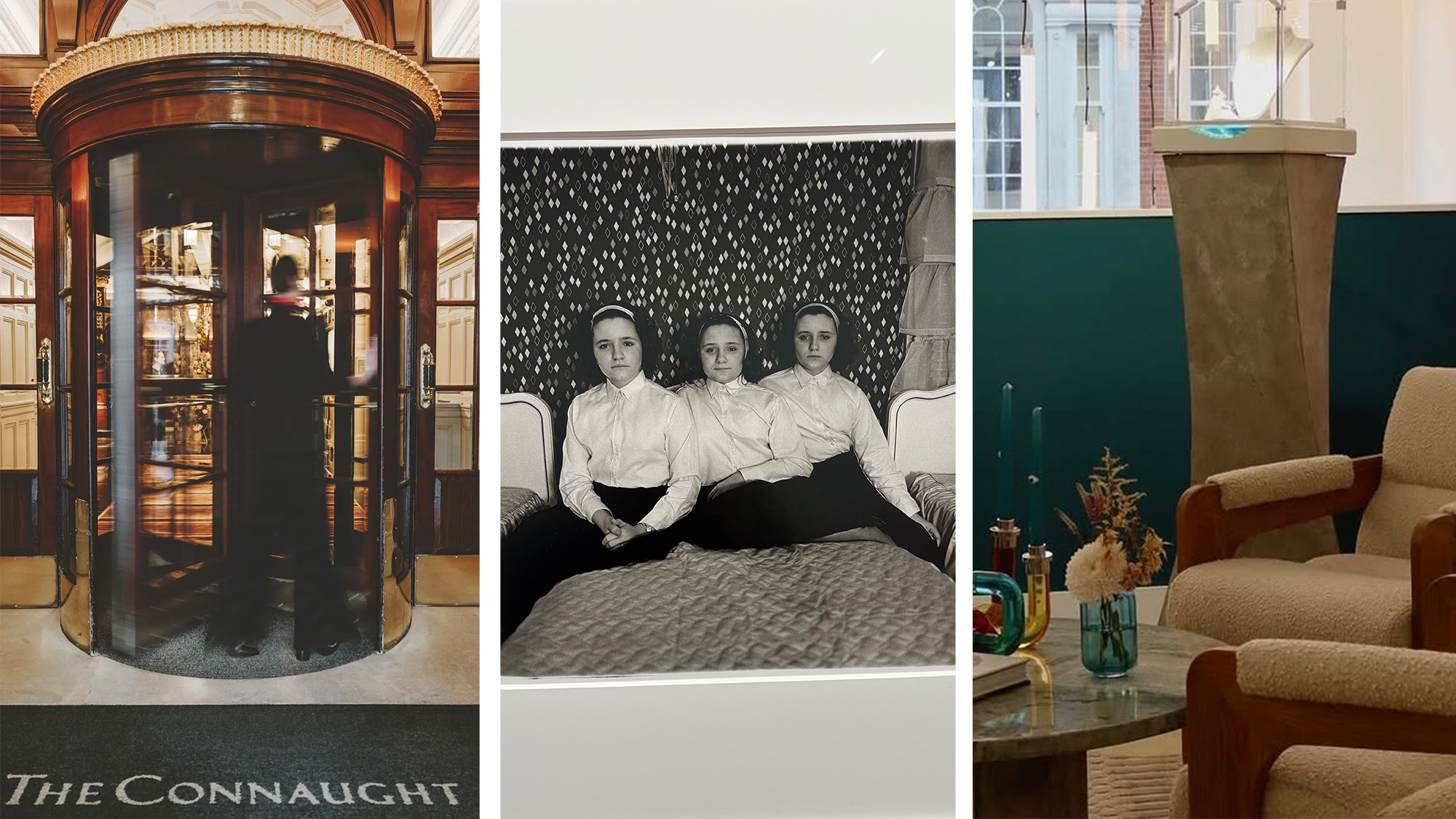 Out of office: The Wallpaper* editors’ picks of the week
Out of office: The Wallpaper* editors’ picks of the weekThis week, the Wallpaper* editors curated a diverse mix of experiences, from meeting diamond entrepreneurs and exploring perfume exhibitions to indulging in the the spectacle of a Middle Eastern Christmas
-
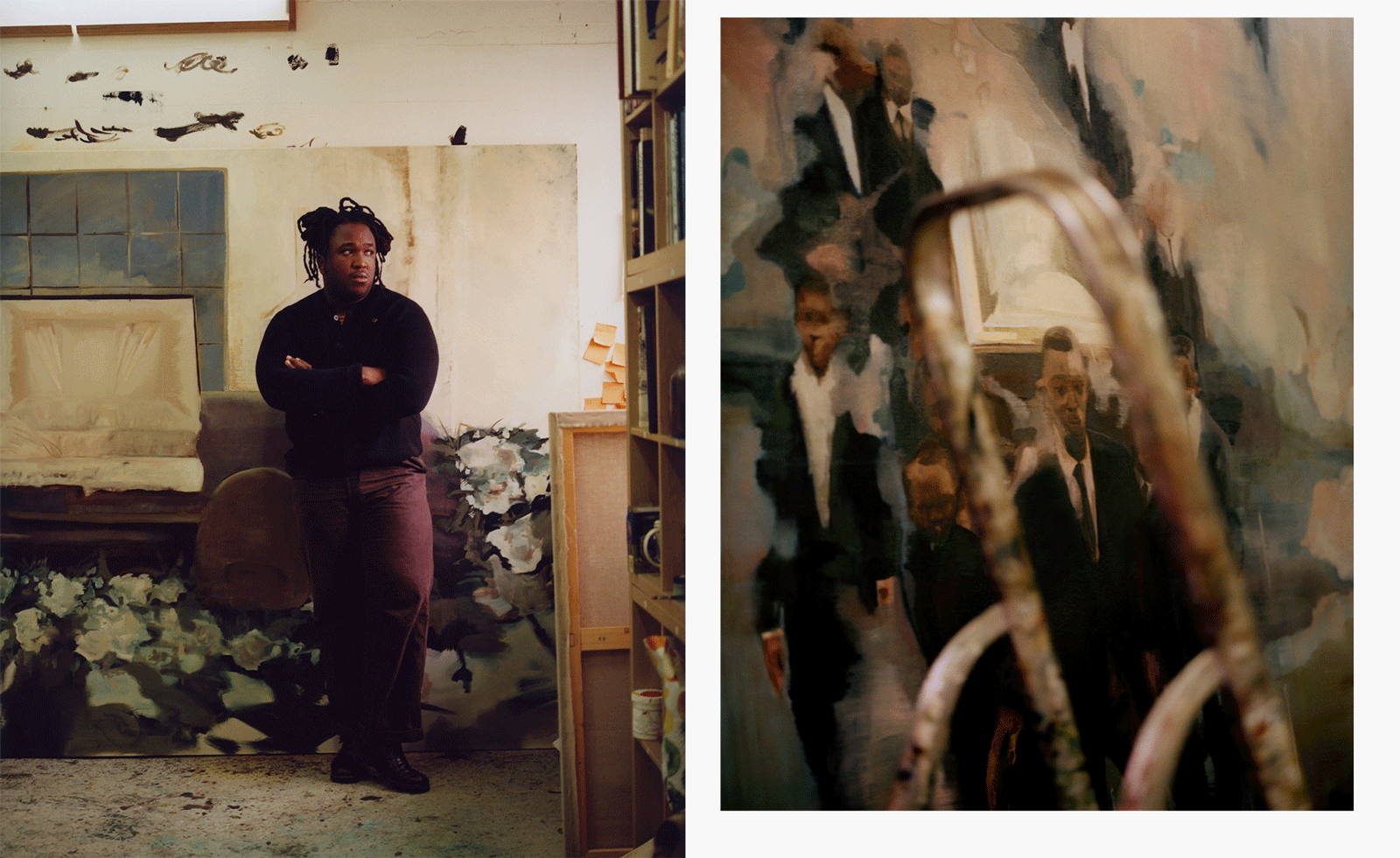 Artist Shaqúelle Whyte is a master of storytelling at Pippy Houldsworth Gallery
Artist Shaqúelle Whyte is a master of storytelling at Pippy Houldsworth GalleryIn his London exhibition ‘Winter Remembers April’, rising artist Whyte offers a glimpse into his interior world
-
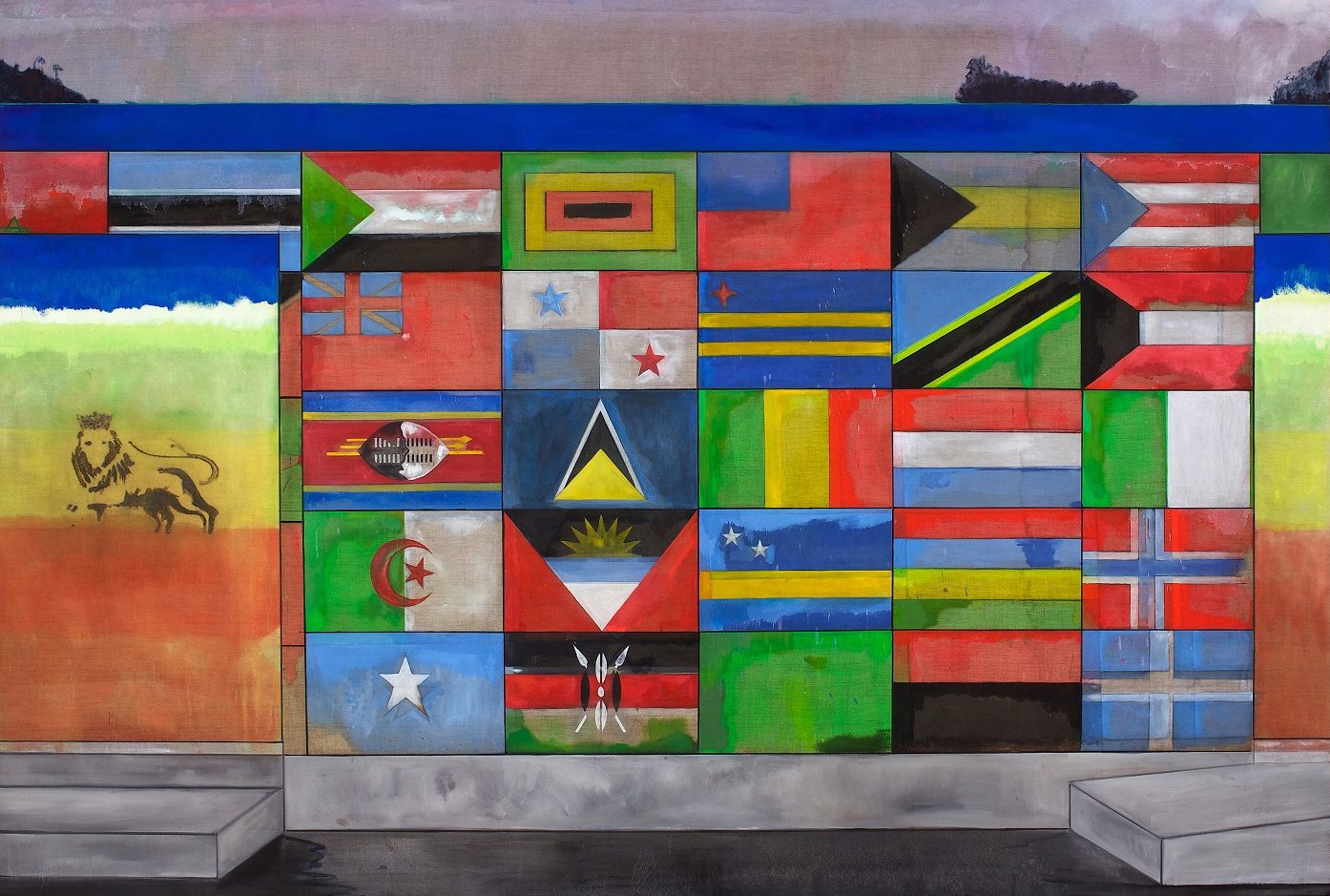 ‘Sit, linger, take a nap’: Peter Doig welcomes visitors to his Serpentine exhibition
‘Sit, linger, take a nap’: Peter Doig welcomes visitors to his Serpentine exhibitionThe artist’s ‘House of Music’ exhibition, at Serpentine Galleries, rethinks the traditional gallery space, bringing in furniture and a vintage sound system
-
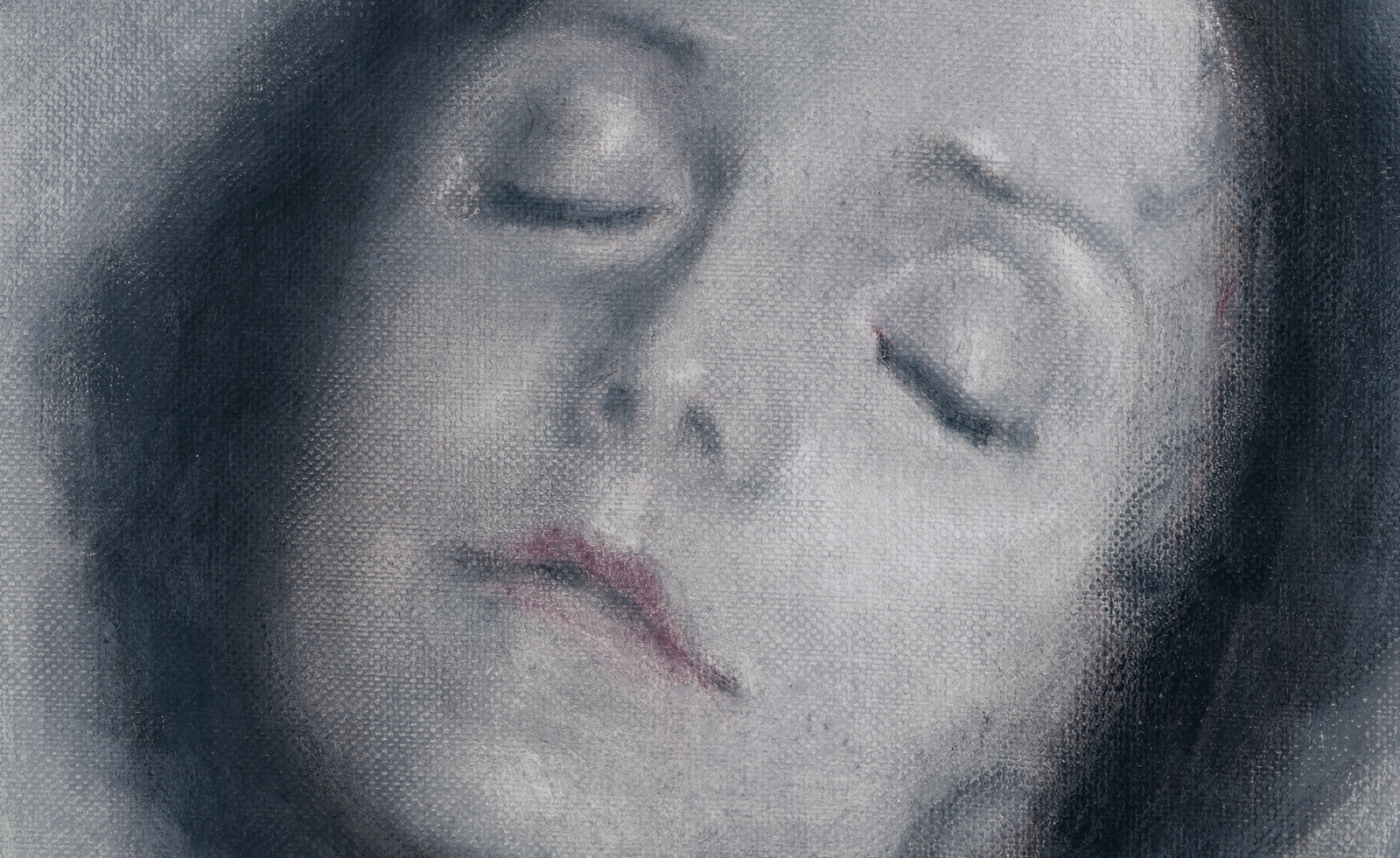 Classic figurative painting is given a glamorous and ghostly aura by Polish artist Łukasz Stokłosa
Classic figurative painting is given a glamorous and ghostly aura by Polish artist Łukasz StokłosaThe gothic meets the glamorous in Stokłosa’s works, currently on show at London’s Rose Easton gallery
-
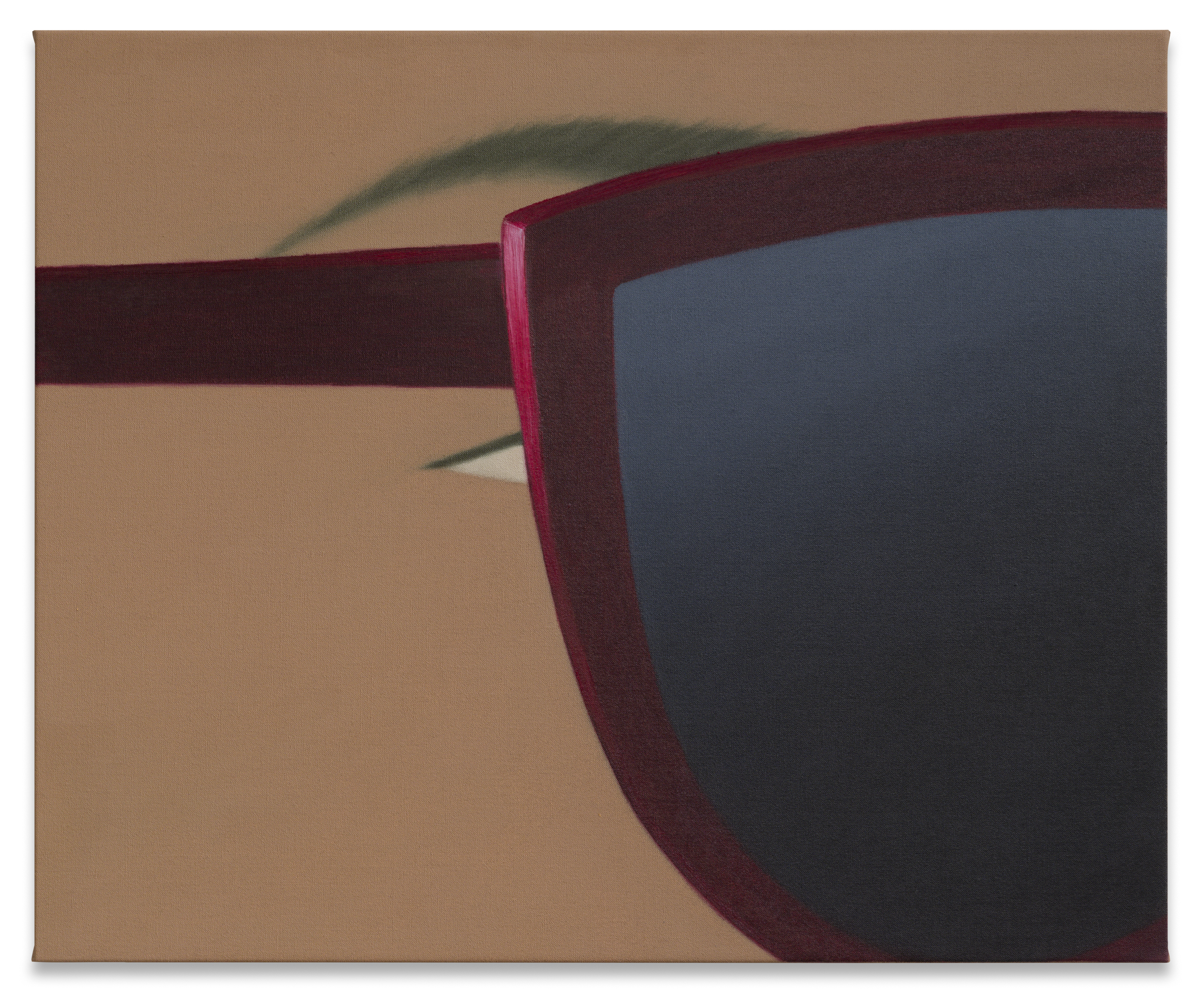 What's the story with Henni Alftan’s enigmatic, mysterious paintings? The artist isn’t saying
What's the story with Henni Alftan’s enigmatic, mysterious paintings? The artist isn’t sayingParis-based artist Henni Alftan's familiar yet uncanny works are gloriously restrained. On the eve of a Sprüth Magers exhibition in Berlin, she tells us why